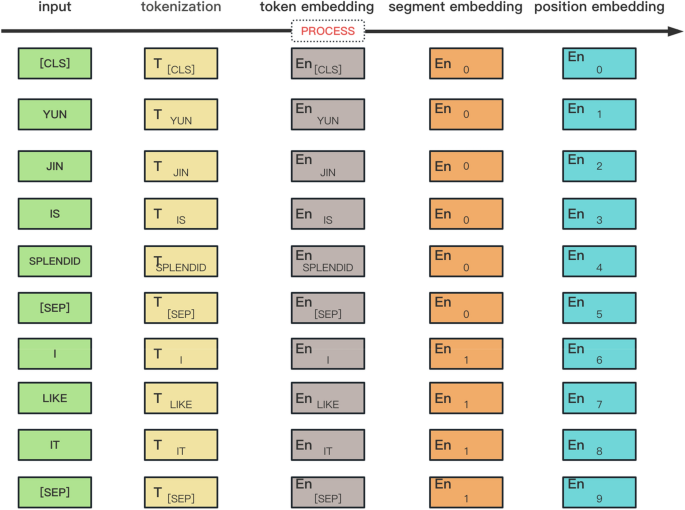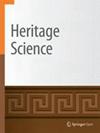基于知识图谱的南京云金数字资源问答系统的构建与应用
IF 2.6
1区 艺术学
Q2 CHEMISTRY, ANALYTICAL
引用次数: 0
摘要
南京云锦是中国传统丝织技艺之一,以其独特的地方特色和精湛的工艺而闻名,于2009年被联合国教科文组织列入《人类非物质文化遗产代表作名录》。然而,随着编织技术的快速发展,市场需求的不断变化,以及公众审美的转变,南京云锦作为一项非物质文化遗产,面临着生存和传承的挑战。解决这一问题需要对云锦知识进行有效的储存、管理和利用,以增强公众对云锦文化的理解和认同。在本研究中,我们构建了一个基于知识图谱的南京云锦数字资源智能问答系统,利用Neo4j图谱数据库对南京云锦知识进行高效的组织、存储和保护,从而揭示其深厚的文化内涵。此外,我们采用深度学习算法进行自然语言解析。具体而言,我们采用基于BERT的意图识别技术对用户查询进行意图分类,并采用BERT + BiGRU + CRF模型进行实体识别。通过与BERT + BILSTM + CRF、BERT + CRF和BILSTM + CRF模型的比较,我们的模型在准确率、查全率和F1分数方面都表现出了更好的性能,证明了该模型的优越性和有效性。最后,根据问题的解析结果,构建知识图谱查询语句,通过Cypher语言执行,并将处理后的查询结果以自然语言反馈给用户。通过系统实施和测试,对系统的响应时间、稳定性、负载状况、准确性和可扩展性等指标进行了评价。实验结果表明,建立在知识图基础上的南京云进智能问答系统能够高效、准确地生成用户自然语言查询的答案,极大地方便了云进知识的检索和利用。这不仅加强了云锦文化的传播、推广和应用,也为其他基于知识图谱的非物质文化遗产问答系统的构建提供了范例。这对于深入探索和揭示人类非物质遗产的知识结构,促进文化传承和保护具有重要的理论和现实意义。本文章由计算机程序翻译,如有差异,请以英文原文为准。

Construction and application of a knowledge graph-based question answering system for Nanjing Yunjin digital resources
Abstract Nanjing Yunjin, one of China's traditional silk weaving techniques, is renowned for its unique local characteristics and exquisite craftsmanship, and was included in the Representative List of the Intangible Cultural Heritage of Humanity by UNESCO in 2009. However, with rapid development in weaving technology, ever-changing market demands, and shifting public aesthetics, Nanjing Yunjin, as an intangible cultural heritage, faces the challenge of survival and inheritance. Addressing this issue requires efficient storage, management, and utilization of Yunjin knowledge to enhance public understanding and recognition of Yunjin culture. In this study, we have constructed an intelligent question-answering system for Nanjing Yunjin digital resources based on knowledge graph, utilizing the Neo4j graph database for efficient organization, storage, and protection of Nanjing Yunjin knowledge, thereby revealing its profound cultural connotations. Furthermore, we adopted deep learning algorithms for natural language parsing. Specifically, we adopted BERT-based intent recognition technology to categorize user queries by intent, and we employed the BERT + BiGRU + CRF model for entity recognition. By comparing with BERT + BILSTM + CRF, BERT + CRF and BILSTM + CRF models, our model demonstrated superior performance in terms of precision, recall, and F1 score, substantiating the superiority and effectiveness of this model. Finally, based on the parsed results of the question, we constructed knowledge graph query statements, executed by the Cypher language, and the processed query results were fed back to the users in natural language. Through system implementation and testing, multiple indices including system response time, stability, load condition, accuracy, and scalability were evaluated. The experimental results indicated that the Nanjing Yunjin intelligent question-answering system, built on the knowledge graph, is able to efficiently and accurately generate answers to user’s natural language queries, greatly facilitating the retrieval and utilization of Yunjin knowledge. This not only reinforces the transmission, promotion, and application of Yunjin culture but also provides a paradigm for constructing other intangible cultural heritage question-answering systems based on knowledge graphs. This has substantial theoretical and practical significance for deeply exploring and uncovering the knowledge structure of human intangible heritage, promoting cultural inheritance and protection.
求助全文
通过发布文献求助,成功后即可免费获取论文全文。
去求助
来源期刊

Heritage Science
Arts and Humanities-Conservation
CiteScore
4.00
自引率
20.00%
发文量
183
审稿时长
19 weeks
期刊介绍:
Heritage Science is an open access journal publishing original peer-reviewed research covering:
Understanding of the manufacturing processes, provenances, and environmental contexts of material types, objects, and buildings, of cultural significance including their historical significance.
Understanding and prediction of physico-chemical and biological degradation processes of cultural artefacts, including climate change, and predictive heritage studies.
Development and application of analytical and imaging methods or equipments for non-invasive, non-destructive or portable analysis of artwork and objects of cultural significance to identify component materials, degradation products and deterioration markers.
Development and application of invasive and destructive methods for understanding the provenance of objects of cultural significance.
Development and critical assessment of treatment materials and methods for artwork and objects of cultural significance.
Development and application of statistical methods and algorithms for data analysis to further understanding of culturally significant objects.
Publication of reference and corpus datasets as supplementary information to the statistical and analytical studies above.
Description of novel technologies that can assist in the understanding of cultural heritage.
 求助内容:
求助内容: 应助结果提醒方式:
应助结果提醒方式:


